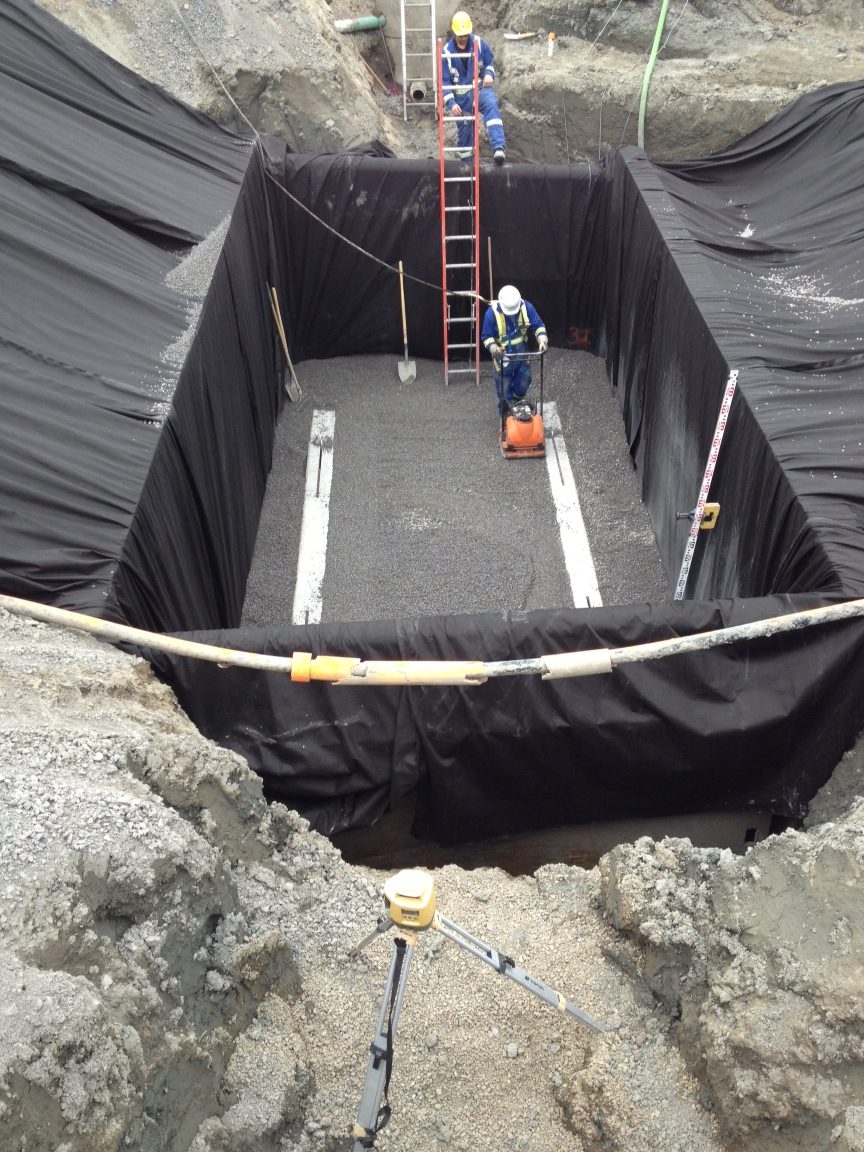
Fuel storage can be an extremely hazardous practice that needs to be conducted by qualified and certified professionals. Dealing with a substance that is highly flammable and also poisonous to the soil clearly needs to be strictly regulated. In 2008, responding to this need, the government introduced its “Storage Tank Systems for Petroleum Products and Allied Petroleum Product Regulations”, which we’ll call “the Regulations” for short. Since then, the Regulations have been amended on three occasions, in 2012, 2017 and 2020. This process of review is required under the Cabinet Directive on Regulatory Management.
Many times, important regulatory frameworks are left in force and allowed to become inadequate or even irrelevant. The announcement of a new review only two years after the last may be greeted by some as a bureaucratic intervention, but the subject is too serious to dismiss so lightly.
What are the Aims of the Regulations?
The Regulations are designed to apply to storage tanks with a capacity greater than 230 litres containing diesel, gasoline, jet fuel, used oil and related products. Their primary concern is not the risk of combustion but the danger to soil and groundwater from contamination should tanks leak.
Although responsible operation and maintenance are the central issues, the regulations are equally clear on the potential hazards of installation and removal as well as the need for accurate record keeping.
Why Now?
The review has not been prompted by a specific event or a perceived increase in the threat level. It is simply a product of good governance and timely attention. It would be imprudent to wait until there is a serious spillage before testing the fitness of the regulations. Anticipation is a far better policy.
What Areas of Petroleum Storage are Under Review?
The discussion document features a long list of concerns, including design, installation, removal, leak detection, repurposing, secondary containment, monitoring of delivery personnel, preparation of emergency plans, disposal of bottom water and withdrawal from service.
Leak detection provisions apply only to tanks and piping installed before June 2008. Although more recent installations are at a lower risk of leakage, the conditions of these storage systems will inevitably deteriorate. As the Regulations are currently constituted, there is a significant loophole for avoiding liability and compliance obligations.
The document also suggests that delivery practices are not always safe as there is currently no requirement for personnel to be certified, while licensing is only enforced in certain provinces. Delivery by unqualified operatives to storage systems that are not fit for purpose and at a time when the site owner is absent has the potential to create multiple risks.
Emergency plans for every storage system are a requirement of the existing Regulations, but the document acknowledges the challenges in satisfying that requirement. It therefore seeks feedback on the administrative difficulties, costs and resource needs faced by regulated storage operators. It also sets out to determine what clarification and practical assistance the regulatory authorities can provide.
These are perhaps the key elements of the review, but the discussion document is a comprehensive piece of work that should be widely welcomed by every responsible and conscientious player in the industry.